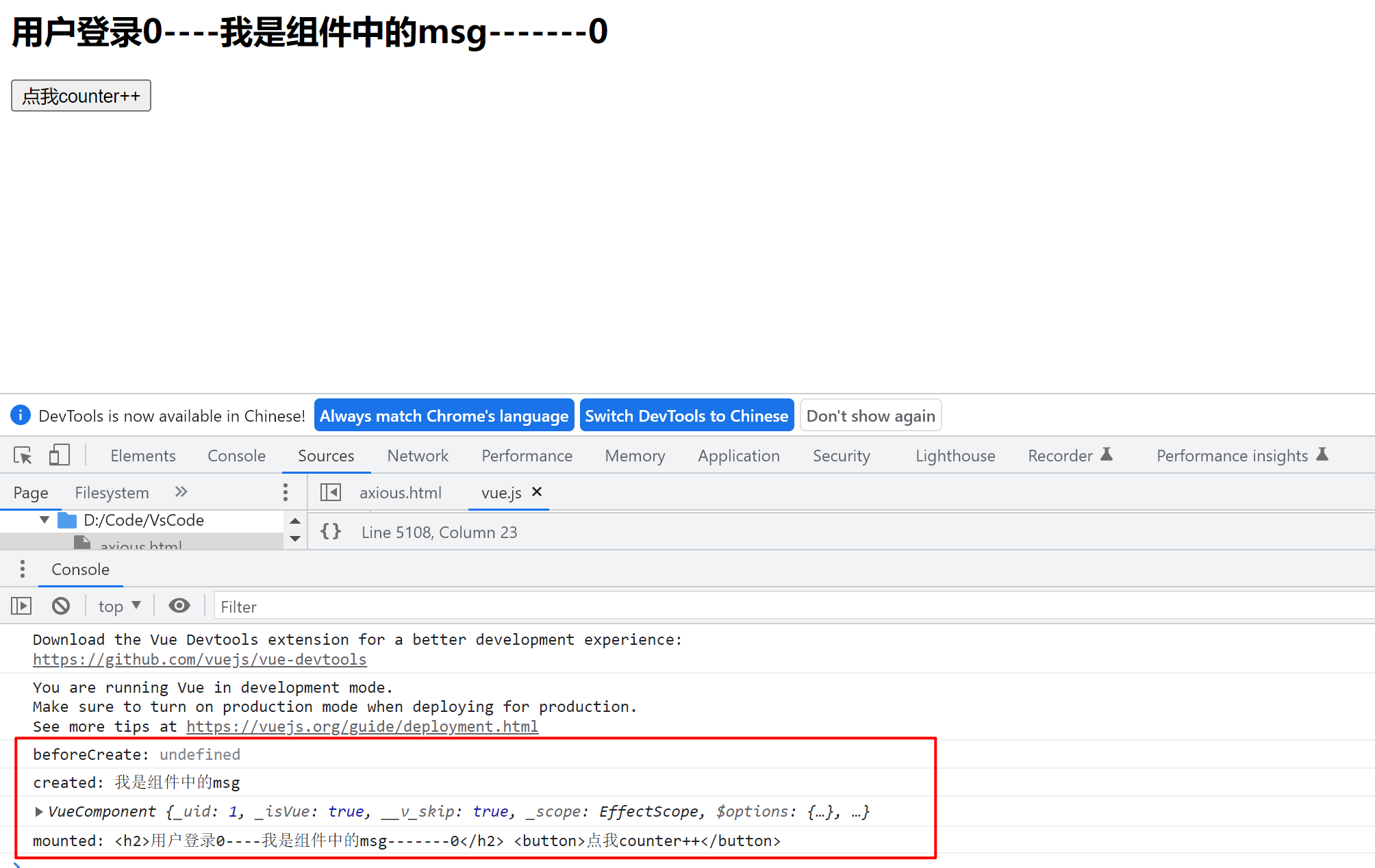channel
channel和goroutine是Go语言的核心命脉。这篇文章来简单介绍一下Go chan的原理,源码并不好读,应结合gmp调度模型来理解,后续补充吧。
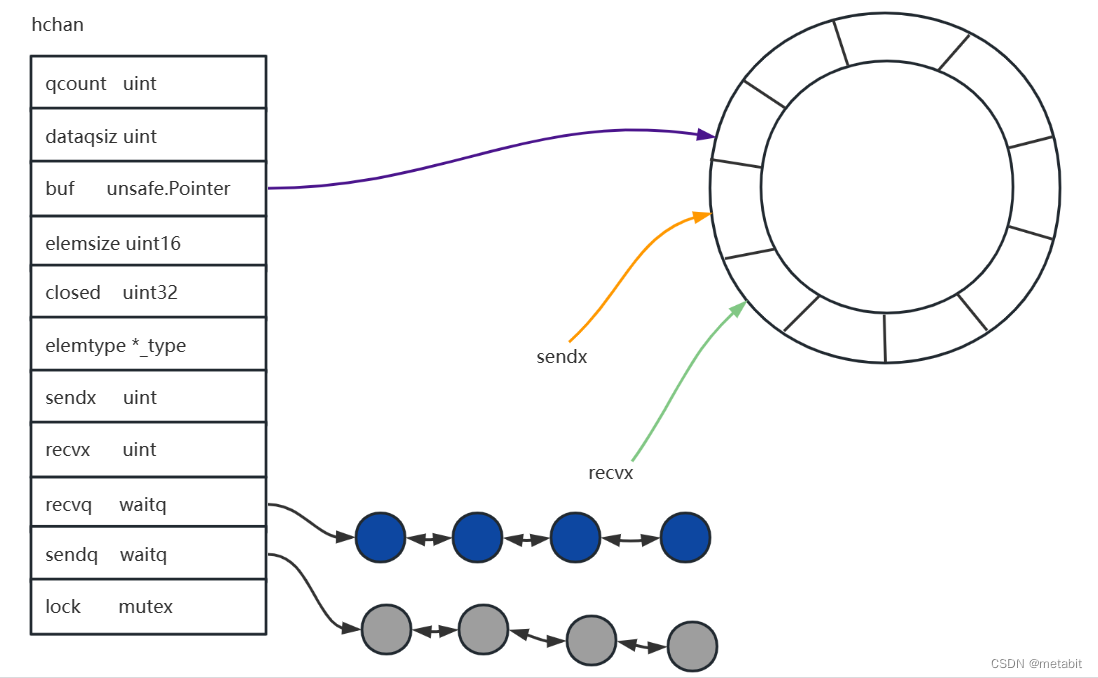
由上图可见,chan的底层结构是一个hchan结构体,其中buf字段指向了一个环形的数组缓冲区,若channel是非缓冲类型的,则没有该底层结构。
当channel无缓冲区时,只根据recvq和sendq双线链表对数据的收发进行管理,每次收发数据,都直接在两个队列的队首进行操作,保证先进先出。例如把sendq和recvq队首的g出队,将前者的值拷贝进后者,即完成了一次通道的收发操作。
当channel有缓冲区时,recvx和sendx分别指向环形数组中下一个读取和写入的位置,他们被qcount所管理。当qcount等于dataqsiz时,再次执行写入操作的goroutine将被挂到sendq双向链表后边,等待发送。同理,当qcount 等于 0 时,若有goroutine想要接收数据,则该goroutine会被挂到recvq双向链表的后边,等待接收。保证先进先出。若缓冲区有位置,则直接写入或直接取走值。
const (
maxAlign = 8 //最大对其方式
hchanSize = unsafe.Sizeof(hchan{}) + uintptr(-int(unsafe.Sizeof(hchan{}))&(maxAlign-1)) //hchan的大小
debugChan = false //debug标记
)
chan 底层结构hchan
type hchan struct {
qcount uint // total data in the queue 底层环形数组,当前数据个数
dataqsiz uint // size of the circular queue 底层环形数组的大小
buf unsafe.Pointer // points to an array of dataqsiz elements 底层环形数组指针
elemsize uint16 // 元素大小
closed uint32 // 标识通道是否关闭,0:非关闭状态
elemtype *_type // element type 元素类型
sendx uint // send index 环形数组发送的索引位置
recvx uint // receive index 环形数组接收的索引位置
recvq waitq // list of recv waiters 负责接收的goroutine的队列
sendq waitq // list of send waiters 负责发送的goroutine的队列
// lock protects all fields in hchan, as well as several
// fields in sudogs blocked on this channel.
//
// Do not change another G's status while holding this lock
// (in particular, do not ready a G), as this can deadlock
// with stack shrinking.
lock mutex //锁,负责保护以上的字段
}
waitq的结构,双向链表
type waitq struct {
first *sudog //链表头
last *sudog //链表尾
}
makechan 相当于make(chan, len)
func makechan(t *chantype, size int) *hchan {
elem := t.elem // 获取欲创建channel的成员类型
// compiler checks this but be safe.
if elem.size >= 1<<16 { //成员的size过大 panic
throw("makechan: invalid channel element type")
}
if hchanSize%maxAlign != 0 || elem.align > maxAlign { //非8字节内存对齐,或对齐方式不正确,panic
throw("makechan: bad alignment")
}
mem, overflow := math.MulUintptr(elem.size, uintptr(size)) //创建底层连续的内存区域,并检查是否溢出
if overflow || mem > maxAlloc-hchanSize || size < 0 { //若溢出 或 内存过大,或chan的长度是负数,panic
panic(plainError("makechan: size out of range"))
}
// Hchan does not contain pointers interesting for GC when elements stored in buf do not contain pointers.
// buf points into the same allocation, elemtype is persistent.
// SudoG's are referenced from their owning thread so they can't be collected.
// TODO(dvyukov,rlh): Rethink when collector can move allocated objects.
var c *hchan
switch {
case mem == 0: //chan占用内存为0
// Queue or element size is zero.
c = (*hchan)(mallocgc(hchanSize, nil, true))
// Race detector uses this location for synchronization.
c.buf = c.raceaddr()
case elem.ptrdata == 0: //chan的elem中不包含指针
// Elements do not contain pointers.
// Allocate hchan and buf in one call.
c = (*hchan)(mallocgc(hchanSize+mem, nil, true))
c.buf = add(unsafe.Pointer(c), hchanSize) // 给buf设置内存区域
default: //成员包含指针
// Elements contain pointers.
c = new(hchan)
c.buf = mallocgc(mem, elem, true)
}
c.elemsize = uint16(elem.size) //初始化及赋值操作
c.elemtype = elem
c.dataqsiz = uint(size)
lockInit(&c.lock, lockRankHchan) //初始化锁
if debugChan { //调试模式则打印信息
print("makechan: chan=", c, "; elemsize=", elem.size, "; dataqsiz=", size, "\n")
}
return c //返回hchan指针对象
}
reflect_makechan,makechan64 对makechan的封装
//go:linkname reflect_makechan reflect.makechan
func reflect_makechan(t *chantype, size int) *hchan {
return makechan(t, size)
}
func makechan64(t *chantype, size int64) *hchan {
if int64(int(size)) != size {
panic(plainError("makechan: size out of range"))
}
return makechan(t, int(size))
}
chanbuf 返回chan的第i个位置的元素的unsafe指针
// chanbuf(c, i) is pointer to the i'th slot in the buffer.
func chanbuf(c *hchan, i uint) unsafe.Pointer {
return add(c.buf, uintptr(i)*uintptr(c.elemsize))
}
full 检查channel是否已满,其报告通道发送时是否会阻塞
// full reports whether a send on c would block (that is, the channel is full).
// It uses a single word-sized read of mutable state, so although
// the answer is instantaneously true, the correct answer may have changed
// by the time the calling function receives the return value.
func full(c *hchan) bool {
// c.dataqsiz is immutable (never written after the channel is created)
// so it is safe to read at any time during channel operation.
if c.dataqsiz == 0 { // chan的len为0时,检测接收队列是否为空
// Assumes that a pointer read is relaxed-atomic.
return c.recvq.first == nil
}
// Assumes that a uint read is relaxed-atomic.
return c.qcount == c.dataqsiz //检测元素是否已满
}
chansend1对chansend的封装
// entry point for c <- x from compiled code
//
//go:nosplit
func chansend1(c *hchan, elem unsafe.Pointer) {
chansend(c, elem, true, getcallerpc())
}
chansend chan <- x 向管道中发送数据
/*
* generic single channel send/recv
* If block is not nil,
* then the protocol will not
* sleep but return if it could
* not complete.
*
* sleep can wake up with g.param == nil
* when a channel involved in the sleep has
* been closed. it is easiest to loop and re-run
* the operation; we'll see that it's now closed.
*/
func chansend(c *hchan, ep unsafe.Pointer, block bool, callerpc uintptr) bool {
if c == nil { // 若管道为空
if !block { // 若非阻塞类型,则返回false表示发送失败
return false
} // 否则发送的goroutine挂起,然后panic
gopark(nil, nil, waitReasonChanSendNilChan, traceEvGoStop, 2)
throw("unreachable")
}
if debugChan { //调试模式打印状态
print("chansend: chan=", c, "\n")
}
if raceenabled { // 竞态检测
racereadpc(c.raceaddr(), callerpc, abi.FuncPCABIInternal(chansend))
}
// Fast path: check for failed non-blocking operation without acquiring the lock.
//
// After observing that the channel is not closed, we observe that the channel is
// not ready for sending. Each of these observations is a single word-sized read
// (first c.closed and second full()).
// Because a closed channel cannot transition from 'ready for sending' to
// 'not ready for sending', even if the channel is closed between the two observations,
// they imply a moment between the two when the channel was both not yet closed
// and not ready for sending. We behave as if we observed the channel at that moment,
// and report that the send cannot proceed.
//
// It is okay if the reads are reordered here: if we observe that the channel is not
// ready for sending and then observe that it is not closed, that implies that the
// channel wasn't closed during the first observation. However, nothing here
// guarantees forward progress. We rely on the side effects of lock release in
// chanrecv() and closechan() to update this thread's view of c.closed and full().
if !block && c.closed == 0 && full(c) { // 非阻塞,未关闭,已满则返回false
return false
}
var t0 int64
if blockprofilerate > 0 {
t0 = cputicks()
}
lock(&c.lock) //上锁
if c.closed != 0 { //chan已关闭,解锁,panic
unlock(&c.lock)
panic(plainError("send on closed channel"))
}
if sg := c.recvq.dequeue(); sg != nil { //接收队列取出一个g,绕过缓冲区,直接给接收者
// Found a waiting receiver. We pass the value we want to send
// directly to the receiver, bypassing the channel buffer (if any).
send(c, sg, ep, func() { unlock(&c.lock) }, 3) //给这个g装配一个值
return true //返回true表示发送成功
}
if c.qcount < c.dataqsiz { //buf中有空余的空间,且接收队列无g等待
// Space is available in the channel buffer. Enqueue the element to send.
qp := chanbuf(c, c.sendx)
if raceenabled {
racenotify(c, c.sendx, nil)
}
typedmemmove(c.elemtype, qp, ep) //将待发送值复制到buf的sendx位置
c.sendx++ //sendx指针下移
if c.sendx == c.dataqsiz { //指针越界归零,构成环状
c.sendx = 0
}
c.qcount++ //hchan元素个数+1
unlock(&c.lock) //解锁,返回true
return true
}
if !block { //非阻塞
unlock(&c.lock) //解锁,返回false
return false
}
// 发送处于阻塞状态,则等待运行时调度当前g
// Block on the channel. Some receiver will complete our operation for us.
gp := getg()
mysg := acquireSudog()
mysg.releasetime = 0
if t0 != 0 {
mysg.releasetime = -1
}
// No stack splits between assigning elem and enqueuing mysg
// on gp.waiting where copystack can find it.
mysg.elem = ep
mysg.waitlink = nil
mysg.g = gp
mysg.isSelect = false
mysg.c = c
gp.waiting = mysg
gp.param = nil
c.sendq.enqueue(mysg) //当前g放进发送队列
// Signal to anyone trying to shrink our stack that we're about
// to park on a channel. The window between when this G's status
// changes and when we set gp.activeStackChans is not safe for
// stack shrinking.
atomic.Store8(&gp.parkingOnChan, 1)
gopark(chanparkcommit, unsafe.Pointer(&c.lock), waitReasonChanSend, traceEvGoBlockSend, 2) //g挂起
// Ensure the value being sent is kept alive until the
// receiver copies it out. The sudog has a pointer to the
// stack object, but sudogs aren't considered as roots of the
// stack tracer.
KeepAlive(ep) //防止ep被回收
// someone woke us up.
if mysg != gp.waiting {
throw("G waiting list is corrupted")
}
gp.waiting = nil
gp.activeStackChans = false
closed := !mysg.success
gp.param = nil
if mysg.releasetime > 0 {
blockevent(mysg.releasetime-t0, 2)
}
mysg.c = nil
releaseSudog(mysg)
if closed {
if c.closed == 0 {
throw("chansend: spurious wakeup")
}
panic(plainError("send on closed channel"))
}
return true
}
send 向g中写入数据
// send processes a send operation on an empty channel c.
// The value ep sent by the sender is copied to the receiver sg.
// The receiver is then woken up to go on its merry way.
// Channel c must be empty and locked. send unlocks c with unlockf.
// sg must already be dequeued from c.
// ep must be non-nil and point to the heap or the caller's stack.
func send(c *hchan, sg *sudog, ep unsafe.Pointer, unlockf func(), skip int) {
if raceenabled { //竞态检测
if c.dataqsiz == 0 {
racesync(c, sg)
} else {
// Pretend we go through the buffer, even though
// we copy directly. Note that we need to increment
// the head/tail locations only when raceenabled.
racenotify(c, c.recvx, nil)
racenotify(c, c.recvx, sg)
c.recvx++
if c.recvx == c.dataqsiz {
c.recvx = 0
}
c.sendx = c.recvx // c.sendx = (c.sendx+1) % c.dataqsiz
}
}
if sg.elem != nil {
sendDirect(c.elemtype, sg, ep) //直接发送
sg.elem = nil
}
gp := sg.g
unlockf()
gp.param = unsafe.Pointer(sg)
sg.success = true
if sg.releasetime != 0 {
sg.releasetime = cputicks()
}
goready(gp, skip+1) //就绪状态
}
sendDirect 从src复制值到g
// Sends and receives on unbuffered or empty-buffered channels are the
// only operations where one running goroutine writes to the stack of
// another running goroutine. The GC assumes that stack writes only
// happen when the goroutine is running and are only done by that
// goroutine. Using a write barrier is sufficient to make up for
// violating that assumption, but the write barrier has to work.
// typedmemmove will call bulkBarrierPreWrite, but the target bytes
// are not in the heap, so that will not help. We arrange to call
// memmove and typeBitsBulkBarrier instead.
func sendDirect(t *_type, sg *sudog, src unsafe.Pointer) {
// src is on our stack, dst is a slot on another stack.
// Once we read sg.elem out of sg, it will no longer
// be updated if the destination's stack gets copied (shrunk).
// So make sure that no preemption points can happen between read & use.
dst := sg.elem
typeBitsBulkBarrier(t, uintptr(dst), uintptr(src), t.size)
// No need for cgo write barrier checks because dst is always
// Go memory.
memmove(dst, src, t.size)
}
recvDirect 从g复制值到dst
func recvDirect(t *_type, sg *sudog, dst unsafe.Pointer) {
// dst is on our stack or the heap, src is on another stack.
// The channel is locked, so src will not move during this
// operation.
src := sg.elem
typeBitsBulkBarrier(t, uintptr(dst), uintptr(src), t.size)
memmove(dst, src, t.size)
}
closechan 相当于close(chan) 关闭channel,该操作会唤醒所有监听该chan的goroutine,若向关闭的chan中发送数据,则会panic,负责读取的goroutine会接收到通道的零值
func closechan(c *hchan) {
if c == nil { //若c本身就是空,二话不说,直接panic
panic(plainError("close of nil channel"))
}
lock(&c.lock) //上锁
if c.closed != 0 { // c已经被关闭,二次关闭会panic
unlock(&c.lock) // 解锁
panic(plainError("close of closed channel")) // panic
}
if raceenabled { // 竞态检测
callerpc := getcallerpc()
racewritepc(c.raceaddr(), callerpc, abi.FuncPCABIInternal(closechan))
racerelease(c.raceaddr())
}
c.closed = 1 // closed 赋值1 代表channel已关闭
var glist gList
// release all readers 释放所有等待读取的goroutine
for {
sg := c.recvq.dequeue() //从接收队列出队
if sg == nil {
break
}
if sg.elem != nil { //清空成员
typedmemclr(c.elemtype, sg.elem)
sg.elem = nil
}
if sg.releasetime != 0 {
sg.releasetime = cputicks()
}
gp := sg.g
gp.param = unsafe.Pointer(sg)
sg.success = false
if raceenabled {
raceacquireg(gp, c.raceaddr())
}
glist.push(gp) // 放入glist队列准备通知
}
// release all writers (they will panic) 释放所有等待写入的goroutine,向已关闭的通道发送数据,会panic
for {
sg := c.sendq.dequeue()
if sg == nil {
break
}
sg.elem = nil
if sg.releasetime != 0 {
sg.releasetime = cputicks()
}
gp := sg.g
gp.param = unsafe.Pointer(sg)
sg.success = false
if raceenabled {
raceacquireg(gp, c.raceaddr())
}
glist.push(gp)
}
unlock(&c.lock)
// Ready all Gs now that we've dropped the channel lock.
for !glist.empty() {
gp := glist.pop()
gp.schedlink = 0
goready(gp, 3) //就绪状态,准备被调度
}
}
empty 检测通道中是否没有值了,其报告通道读取时是否会阻塞
// empty reports whether a read from c would block (that is, the channel is
// empty). It uses a single atomic read of mutable state.
func empty(c *hchan) bool {
// c.dataqsiz is immutable.
if c.dataqsiz == 0 { //若非缓冲通道,则检测发送队列是否为空
return atomic.Loadp(unsafe.Pointer(&c.sendq.first)) == nil
}
return atomic.Loaduint(&c.qcount) == 0 //否则检测通道中元素个数是否为0
}
chanrecv1 对chanrecv的封装,<-chan 从通道中读取值
// entry points for <- c from compiled code
//
//go:nosplit
func chanrecv1(c *hchan, elem unsafe.Pointer) {
chanrecv(c, elem, true)
}
chanrecv2 value, ok := <-chan,读取通道时两个返回值的封装
//go:nosplit
func chanrecv2(c *hchan, elem unsafe.Pointer) (received bool) {
_, received = chanrecv(c, elem, true)
return
}
chanrecv 通道读取操作
// chanrecv receives on channel c and writes the received data to ep.
// ep may be nil, in which case received data is ignored.
// If block == false and no elements are available, returns (false, false).
// Otherwise, if c is closed, zeros *ep and returns (true, false).
// Otherwise, fills in *ep with an element and returns (true, true).
// A non-nil ep must point to the heap or the caller's stack.
func chanrecv(c *hchan, ep unsafe.Pointer, block bool) (selected, received bool) {
// raceenabled: don't need to check ep, as it is always on the stack
// or is new memory allocated by reflect.
if debugChan { // 调试模式,打印信息
print("chanrecv: chan=", c, "\n")
}
if c == nil { // 若通道为空
if !block { //非阻塞,直接返回,否则 g挂起,panic
return
}
gopark(nil, nil, waitReasonChanReceiveNilChan, traceEvGoStop, 2)
throw("unreachable")
}
// Fast path: check for failed non-blocking operation without acquiring the lock.
if !block && empty(c) { //非阻塞,并且c为空
// After observing that the channel is not ready for receiving, we observe whether the
// channel is closed.
//
// Reordering of these checks could lead to incorrect behavior when racing with a close.
// For example, if the channel was open and not empty, was closed, and then drained,
// reordered reads could incorrectly indicate "open and empty". To prevent reordering,
// we use atomic loads for both checks, and rely on emptying and closing to happen in
// separate critical sections under the same lock. This assumption fails when closing
// an unbuffered channel with a blocked send, but that is an error condition anyway.
if atomic.Load(&c.closed) == 0 { // 未关闭,直接返回
// Because a channel cannot be reopened, the later observation of the channel
// being not closed implies that it was also not closed at the moment of the
// first observation. We behave as if we observed the channel at that moment
// and report that the receive cannot proceed.
return
}
// The channel is irreversibly closed. Re-check whether the channel has any pending data
// to receive, which could have arrived between the empty and closed checks above.
// Sequential consistency is also required here, when racing with such a send.
if empty(c) { //通道为空
// The channel is irreversibly closed and empty.
if raceenabled { // 竞态检测
raceacquire(c.raceaddr())
}
if ep != nil { // 清空内存,返回true,false 代表被选中,已关闭
typedmemclr(c.elemtype, ep)
}
return true, false
}
}
var t0 int64
if blockprofilerate > 0 {
t0 = cputicks()
}
lock(&c.lock) //上锁
if c.closed != 0 { // 若已关闭
if c.qcount == 0 { //元素个数为0
if raceenabled {
raceacquire(c.raceaddr())
}
unlock(&c.lock) //解锁,清空内存
if ep != nil {
typedmemclr(c.elemtype, ep)
}
return true, false
}
// The channel has been closed, but the channel's buffer have data.
} else { //未关闭
// Just found waiting sender with not closed.
if sg := c.sendq.dequeue(); sg != nil { //发送队列有g,则直接从g中拷贝值
// Found a waiting sender. If buffer is size 0, receive value
// directly from sender. Otherwise, receive from head of queue
// and add sender's value to the tail of the queue (both map to
// the same buffer slot because the queue is full).
recv(c, sg, ep, func() { unlock(&c.lock) }, 3)
return true, true
}
}
if c.qcount > 0 { // 发送队列无g,且通道中有剩余的值
// Receive directly from queue
qp := chanbuf(c, c.recvx) //取一个值
if raceenabled {
racenotify(c, c.recvx, nil)
}
if ep != nil {
typedmemmove(c.elemtype, ep, qp) //移动值
}
typedmemclr(c.elemtype, qp) //清空
c.recvx++ //接收指针下移
if c.recvx == c.dataqsiz { //指针归零,构成环
c.recvx = 0
}
c.qcount-- //元素个数-1
unlock(&c.lock) //解锁
return true, true //返回被选中,且通道未关闭
}
if !block { //非阻塞,解锁
unlock(&c.lock)
return false, false
}
// no sender available: block on this channel.
gp := getg()
mysg := acquireSudog()
mysg.releasetime = 0
if t0 != 0 {
mysg.releasetime = -1
}
// No stack splits between assigning elem and enqueuing mysg
// on gp.waiting where copystack can find it.
mysg.elem = ep
mysg.waitlink = nil
gp.waiting = mysg
mysg.g = gp
mysg.isSelect = false
mysg.c = c
gp.param = nil
c.recvq.enqueue(mysg) //加入接收队列,阻塞
// Signal to anyone trying to shrink our stack that we're about
// to park on a channel. The window between when this G's status
// changes and when we set gp.activeStackChans is not safe for
// stack shrinking.
atomic.Store8(&gp.parkingOnChan, 1)
gopark(chanparkcommit, unsafe.Pointer(&c.lock), waitReasonChanReceive, traceEvGoBlockRecv, 2) //挂起
// someone woke us up
if mysg != gp.waiting {
throw("G waiting list is corrupted")
}
gp.waiting = nil
gp.activeStackChans = false
if mysg.releasetime > 0 {
blockevent(mysg.releasetime-t0, 2)
}
success := mysg.success
gp.param = nil
mysg.c = nil
releaseSudog(mysg) //释放当前g,证明当前g已被调度
return true, success
}
recv 在通道c上处理接收操作
// recv processes a receive operation on a full channel c.
// There are 2 parts:
// 1. The value sent by the sender sg is put into the channel
// and the sender is woken up to go on its merry way.
// 2. The value received by the receiver (the current G) is
// written to ep.
//
// For synchronous channels, both values are the same.
// For asynchronous channels, the receiver gets its data from
// the channel buffer and the sender's data is put in the
// channel buffer.
// Channel c must be full and locked. recv unlocks c with unlockf.
// sg must already be dequeued from c.
// A non-nil ep must point to the heap or the caller's stack.
func recv(c *hchan, sg *sudog, ep unsafe.Pointer, unlockf func(), skip int) {
if c.dataqsiz == 0 { //非缓冲
if raceenabled {
racesync(c, sg)
}
if ep != nil {
// copy data from sender
recvDirect(c.elemtype, sg, ep) //直接复制值从发送的g到接收者
}
} else { //缓冲
// Queue is full. Take the item at the
// head of the queue. Make the sender enqueue
// its item at the tail of the queue. Since the
// queue is full, those are both the same slot.
qp := chanbuf(c, c.recvx) //取一个值
if raceenabled {
racenotify(c, c.recvx, nil)
racenotify(c, c.recvx, sg)
}
// copy data from queue to receiver
if ep != nil {
typedmemmove(c.elemtype, ep, qp) //复制值到ep
}
// copy data from sender to queue
typedmemmove(c.elemtype, qp, sg.elem) //复制值到qp
c.recvx++ //拿走一个,又加入一个,游标下移
if c.recvx == c.dataqsiz {
c.recvx = 0
}
c.sendx = c.recvx // c.sendx = (c.sendx+1) % c.dataqsiz
}
sg.elem = nil
gp := sg.g
unlockf()
gp.param = unsafe.Pointer(sg)
sg.success = true
if sg.releasetime != 0 {
sg.releasetime = cputicks()
}
goready(gp, skip+1) //就绪状态
}
chanparkcommit 挂起
func chanparkcommit(gp *g, chanLock unsafe.Pointer) bool {
// There are unlocked sudogs that point into gp's stack. Stack
// copying must lock the channels of those sudogs.
// Set activeStackChans here instead of before we try parking
// because we could self-deadlock in stack growth on the
// channel lock.
gp.activeStackChans = true
// Mark that it's safe for stack shrinking to occur now,
// because any thread acquiring this G's stack for shrinking
// is guaranteed to observe activeStackChans after this store.
atomic.Store8(&gp.parkingOnChan, 0)
// Make sure we unlock after setting activeStackChans and
// unsetting parkingOnChan. The moment we unlock chanLock
// we risk gp getting readied by a channel operation and
// so gp could continue running before everything before
// the unlock is visible (even to gp itself).
unlock((*mutex)(chanLock))
return true
}
selectnbsend select 操作,编译器行为
// compiler implements
//
// select {
// case c <- v:
// ... foo
// default:
// ... bar
// }
//
// as
//
// if selectnbsend(c, v) {
// ... foo
// } else {
// ... bar
// }
func selectnbsend(c *hchan, elem unsafe.Pointer) (selected bool) {
return chansend(c, elem, false, getcallerpc())
}
// compiler implements
//
// select {
// case v, ok = <-c:
// ... foo
// default:
// ... bar
// }
//
// as
//
// if selected, ok = selectnbrecv(&v, c); selected {
// ... foo
// } else {
// ... bar
// }
func selectnbrecv(elem unsafe.Pointer, c *hchan) (selected, received bool) {
return chanrecv(c, elem, false)
}
reflect相关
//go:linkname reflect_chansend reflect.chansend
func reflect_chansend(c *hchan, elem unsafe.Pointer, nb bool) (selected bool) {
return chansend(c, elem, !nb, getcallerpc())
}
//go:linkname reflect_chanrecv reflect.chanrecv
func reflect_chanrecv(c *hchan, nb bool, elem unsafe.Pointer) (selected bool, received bool) {
return chanrecv(c, elem, !nb)
}
//go:linkname reflect_chanlen reflect.chanlen
func reflect_chanlen(c *hchan) int {
if c == nil {
return 0
}
return int(c.qcount)
}
//go:linkname reflectlite_chanlen internal/reflectlite.chanlen
func reflectlite_chanlen(c *hchan) int {
if c == nil {
return 0
}
return int(c.qcount)
}
//go:linkname reflect_chancap reflect.chancap
func reflect_chancap(c *hchan) int {
if c == nil {
return 0
}
return int(c.dataqsiz)
}
//go:linkname reflect_chanclose reflect.chanclose
func reflect_chanclose(c *hchan) {
closechan(c)
}
enqueue 入队
func (q *waitq) enqueue(sgp *sudog) {
sgp.next = nil
x := q.last
if x == nil {
sgp.prev = nil
q.first = sgp
q.last = sgp
return
}
sgp.prev = x
x.next = sgp
q.last = sgp
}
dequeue出队
func (q *waitq) dequeue() *sudog {
for {
sgp := q.first
if sgp == nil {
return nil
}
y := sgp.next
if y == nil {
q.first = nil
q.last = nil
} else {
y.prev = nil
q.first = y
sgp.next = nil // mark as removed (see dequeueSudoG)
}
// if a goroutine was put on this queue because of a
// select, there is a small window between the goroutine
// being woken up by a different case and it grabbing the
// channel locks. Once it has the lock
// it removes itself from the queue, so we won't see it after that.
// We use a flag in the G struct to tell us when someone
// else has won the race to signal this goroutine but the goroutine
// hasn't removed itself from the queue yet.
if sgp.isSelect && !atomic.Cas(&sgp.g.selectDone, 0, 1) {
continue
}
return sgp
}
}
race相关
func (c *hchan) raceaddr() unsafe.Pointer {
// Treat read-like and write-like operations on the channel to
// happen at this address. Avoid using the address of qcount
// or dataqsiz, because the len() and cap() builtins read
// those addresses, and we don't want them racing with
// operations like close().
return unsafe.Pointer(&c.buf)
}
func racesync(c *hchan, sg *sudog) {
racerelease(chanbuf(c, 0))
raceacquireg(sg.g, chanbuf(c, 0))
racereleaseg(sg.g, chanbuf(c, 0))
raceacquire(chanbuf(c, 0))
}
// Notify the race detector of a send or receive involving buffer entry idx
// and a channel c or its communicating partner sg.
// This function handles the special case of c.elemsize==0.
func racenotify(c *hchan, idx uint, sg *sudog) {
// We could have passed the unsafe.Pointer corresponding to entry idx
// instead of idx itself. However, in a future version of this function,
// we can use idx to better handle the case of elemsize==0.
// A future improvement to the detector is to call TSan with c and idx:
// this way, Go will continue to not allocating buffer entries for channels
// of elemsize==0, yet the race detector can be made to handle multiple
// sync objects underneath the hood (one sync object per idx)
qp := chanbuf(c, idx)
// When elemsize==0, we don't allocate a full buffer for the channel.
// Instead of individual buffer entries, the race detector uses the
// c.buf as the only buffer entry. This simplification prevents us from
// following the memory model's happens-before rules (rules that are
// implemented in racereleaseacquire). Instead, we accumulate happens-before
// information in the synchronization object associated with c.buf.
if c.elemsize == 0 {
if sg == nil {
raceacquire(qp)
racerelease(qp)
} else {
raceacquireg(sg.g, qp)
racereleaseg(sg.g, qp)
}
} else {
if sg == nil {
racereleaseacquire(qp)
} else {
racereleaseacquireg(sg.g, qp)
}
}
}
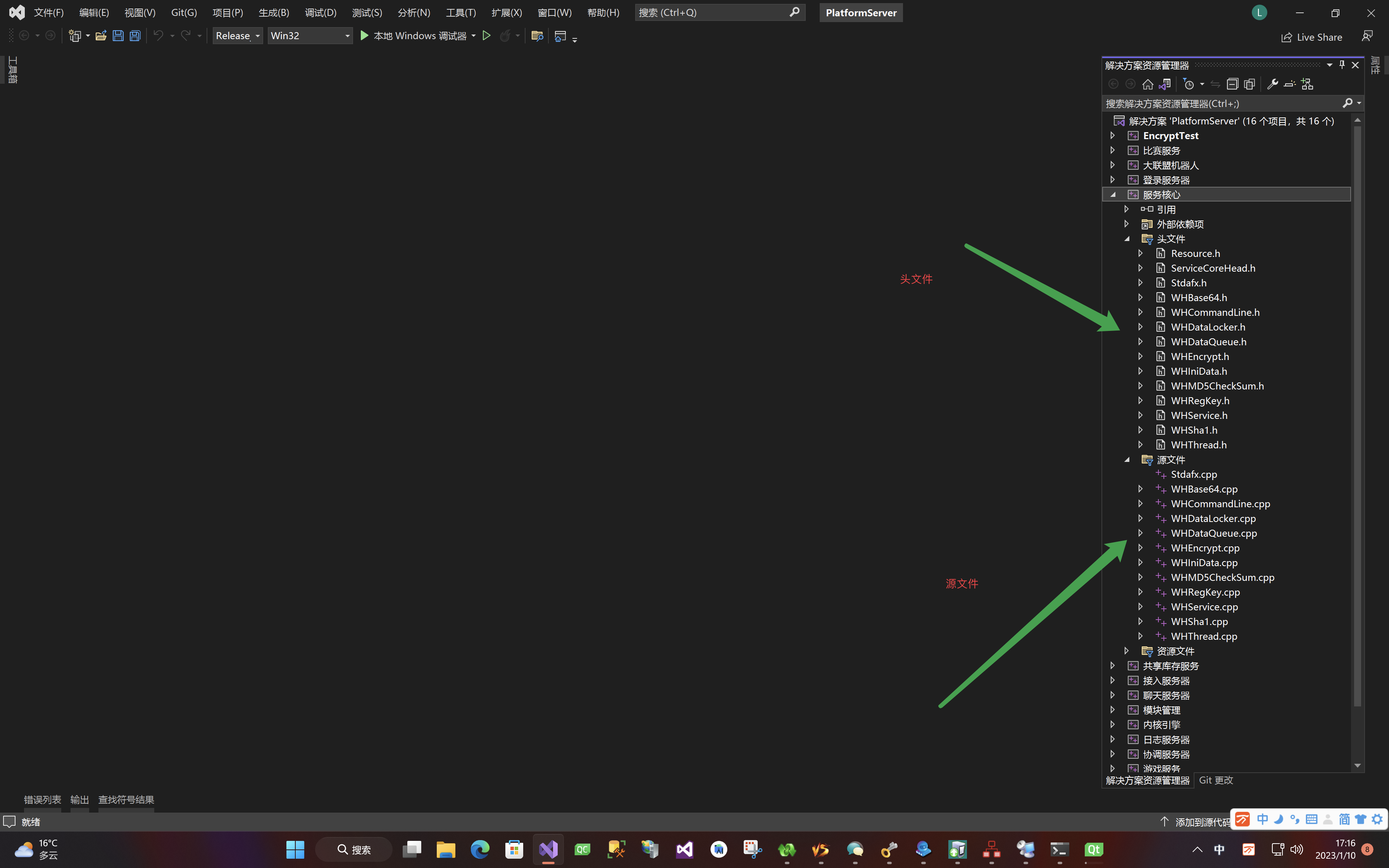
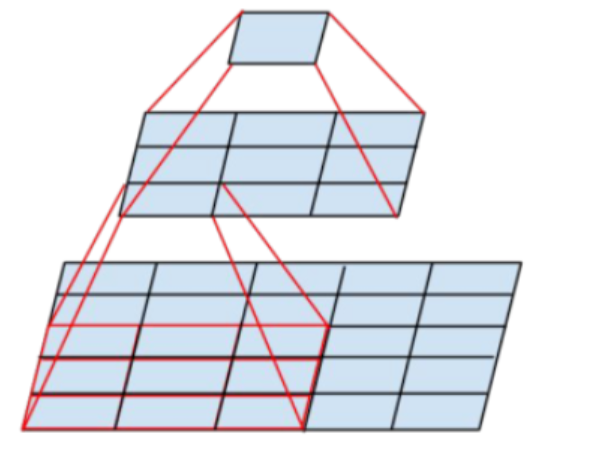
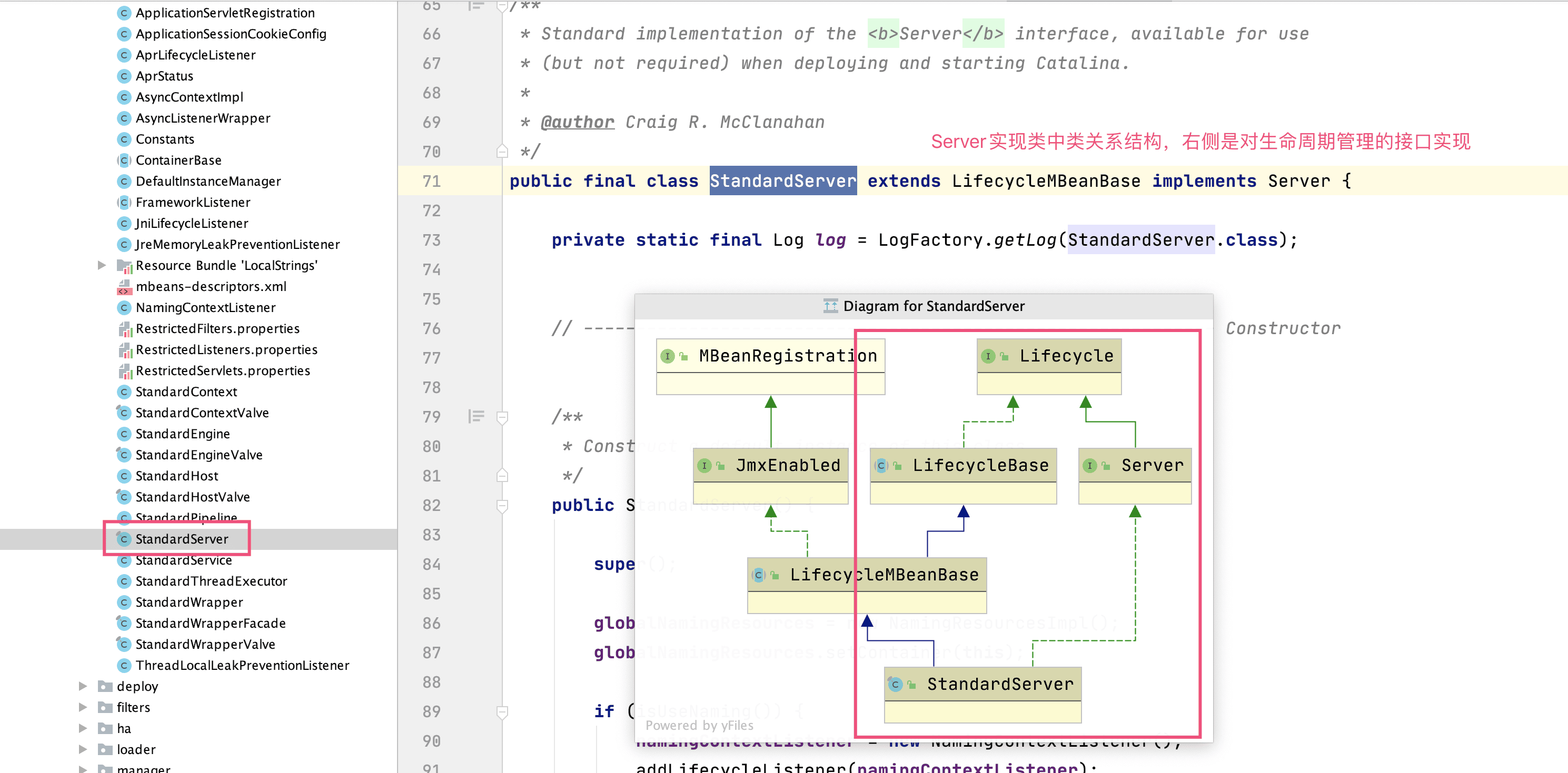



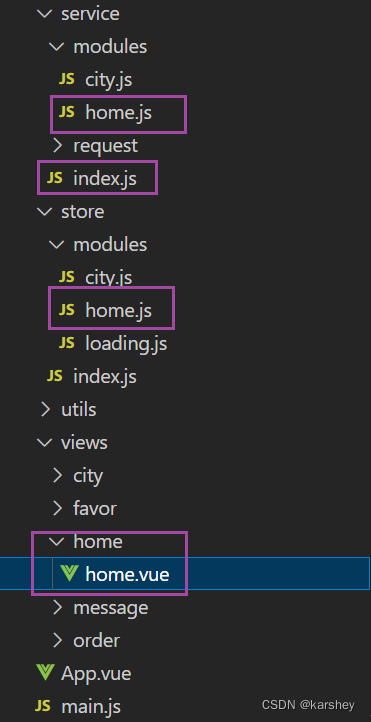

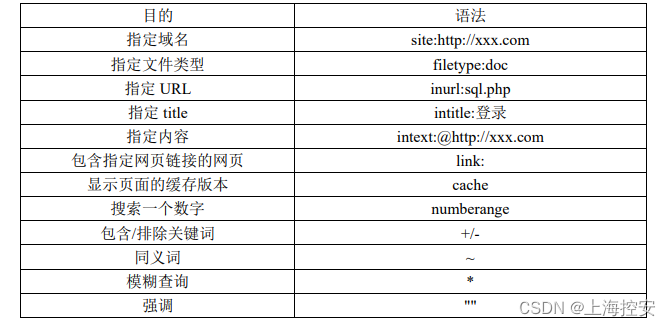
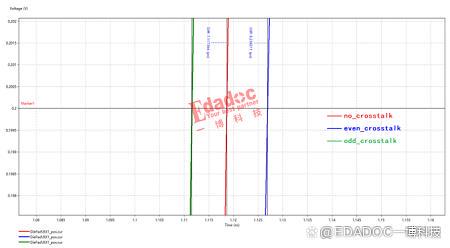
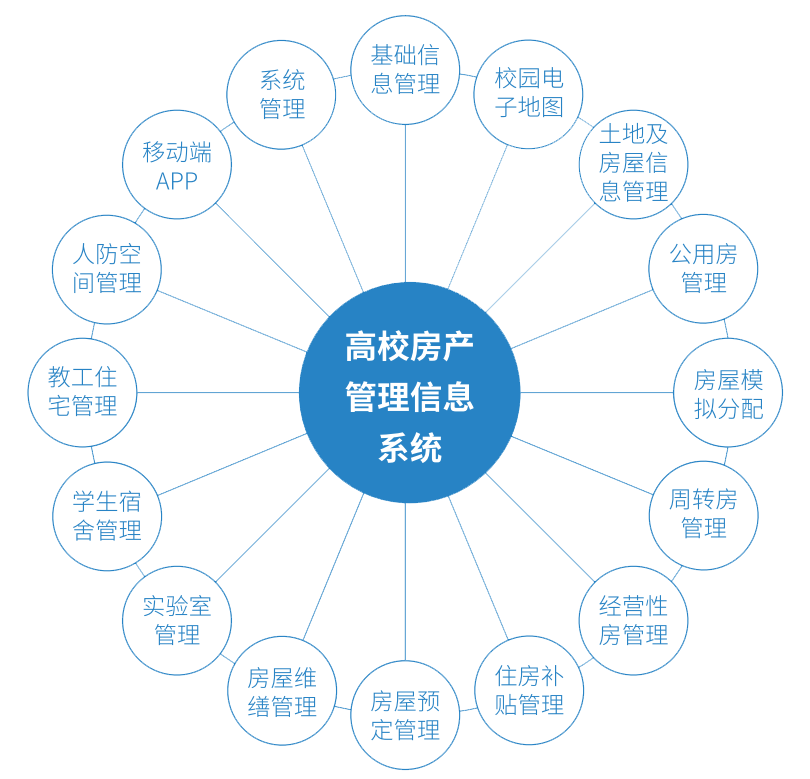




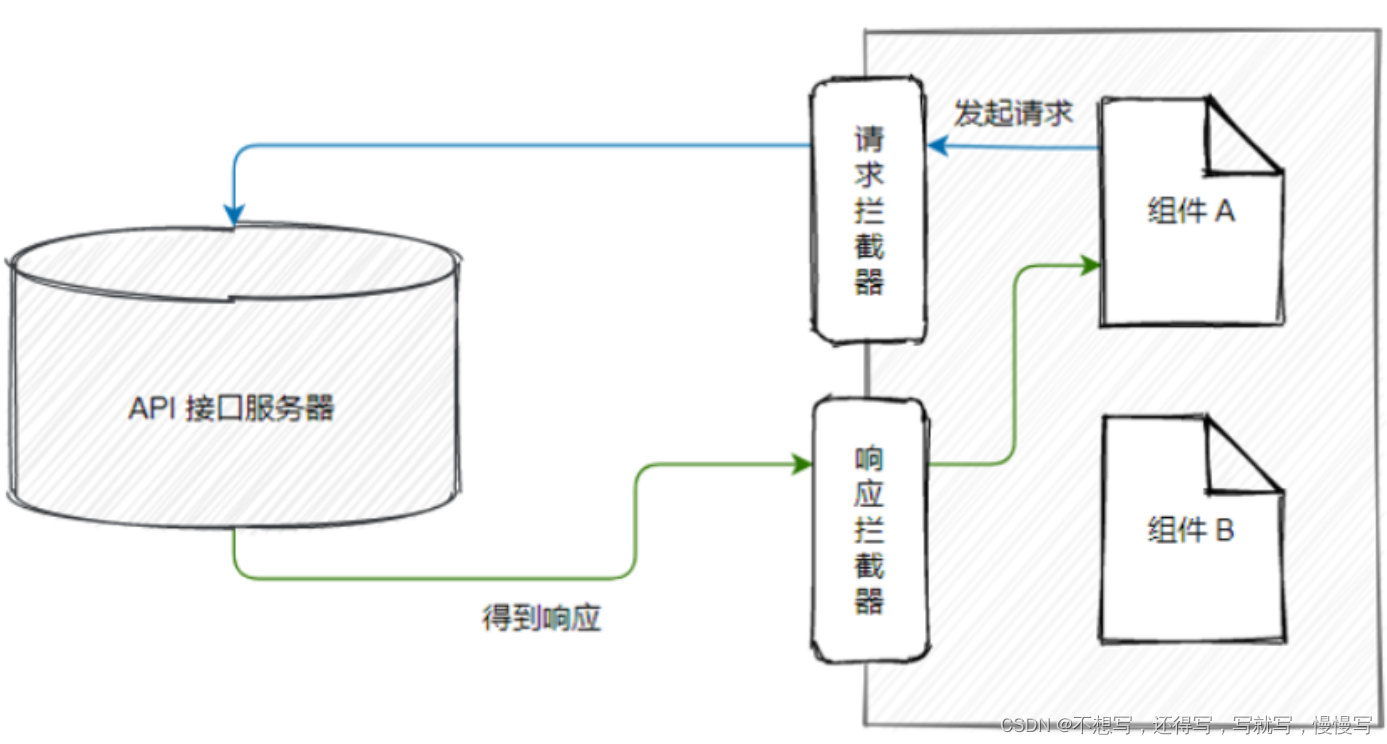

![[JavaEE初阶] 内存可见性问题----volatile与wait(),notify()的使用](https://img-blog.csdnimg.cn/714d9eadbc81456ead61a3220ef9e956.png)
